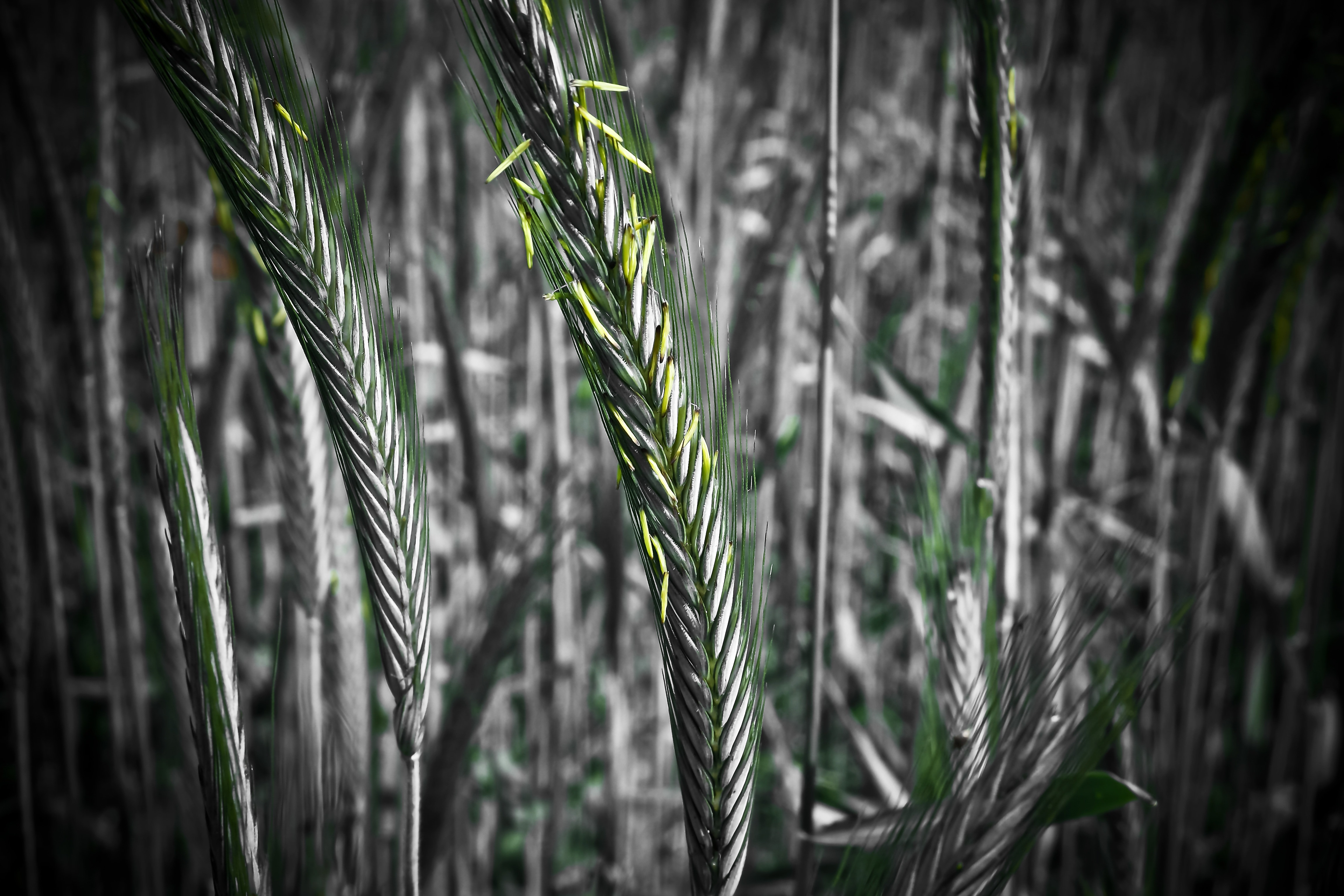- Peakpx ›
- The red-billed gull is the commonest gull on the New Zealand coast. Except for a colony at Lake Rotorua, it rarely is found inland. It is commonly seen in coastal towns, garbage dumps and at fish processing facilities. Immature adults are often confused with the closely related black-billed gull. Recently the largest colonies in different parts of New Zealand have exhibited a marked decline in numbers (i.e. Kaikoura, Three Kings and Mokohinau Island). The bird tends to nest at the same locality from one season to the next, and offspring mostly return to their natal colony to breed.Any noise you can make, I can make louder! ›
- online crop
"The red-billed gull is the commonest gull on the New Zealand coast. Except for a colony at Lake Rotorua, it rarely is found inland. It is commonly seen in coastal towns, garbage dumps and at fish processing facilities. Immature adults are often confused with the closely related black-billed gull. Recently the largest colonies in different parts of New Zealand have exhibited a marked decline in numbers (i.e. Kaikoura, Three Kings and Mokohinau Island). The bird tends to nest at the same locality from one season to the next, and offspring mostly return to their natal colony to breed.Any noise you can make, I can make louder!" image online crop
"The red-billed gull is the commonest gull on the New Zealand coast. Except for a colony at Lake Rotorua, it rarely is found inland. It is commonly seen in coastal towns, garbage dumps and at fish processing facilities. Immature adults are often confused with the closely related black-billed gull. Recently the largest colonies in different parts of New Zealand have exhibited a marked decline in numbers (i.e. Kaikoura, Three Kings and Mokohinau Island). The bird tends to nest at the same locality from one season to the next, and offspring mostly return to their natal colony to breed.Any noise you can make, I can make louder!" image original width is 4608px, original height is 3072px, you can crop it to any sizes with width less than 4608px and height less than 3072px. drag area with blue border below to select which to crop, double click dark area to toggle "drag" and "crop" mode, use your middle mouse button to zoom in or zoom out, then click blue button to download cropped image.

